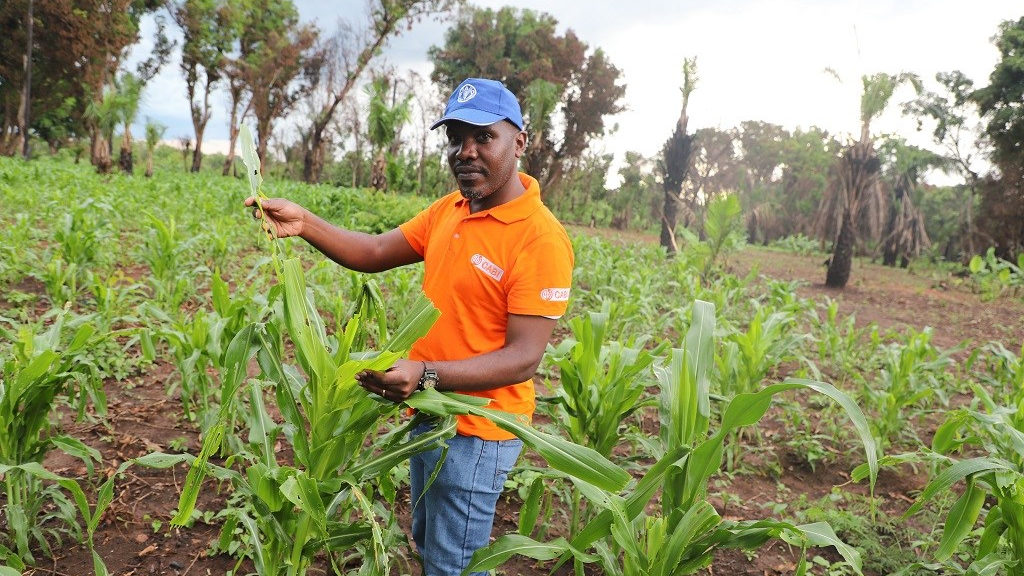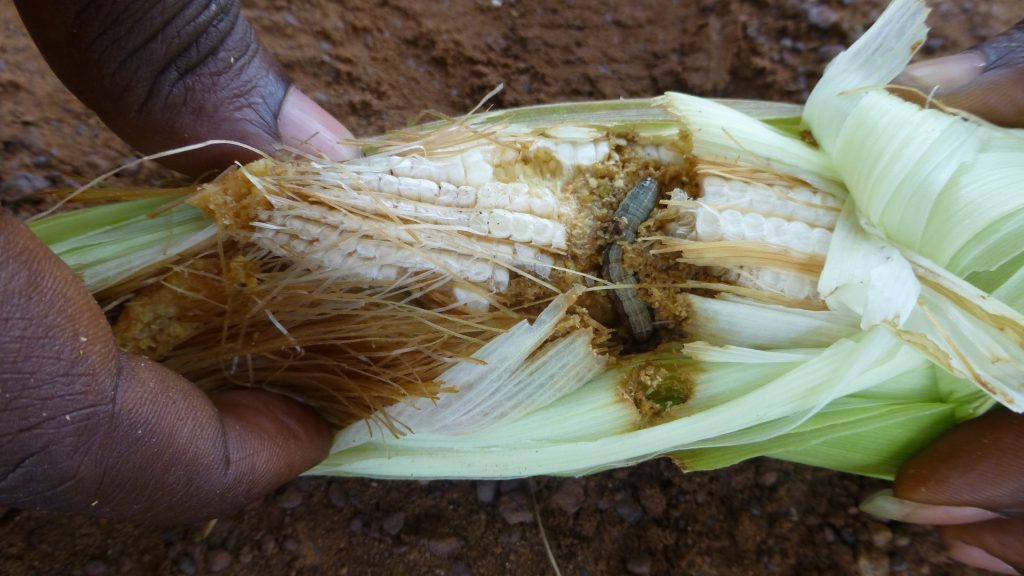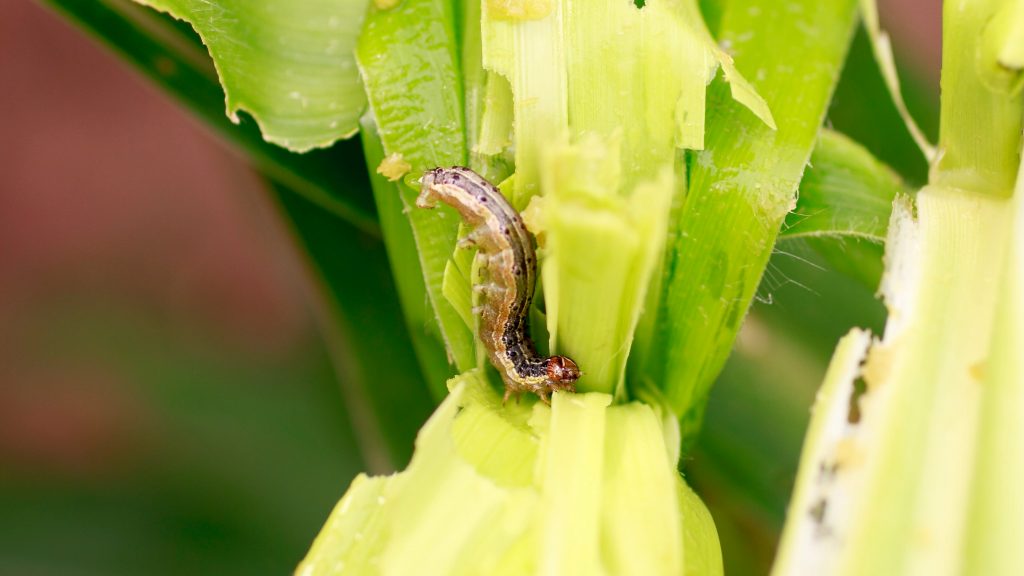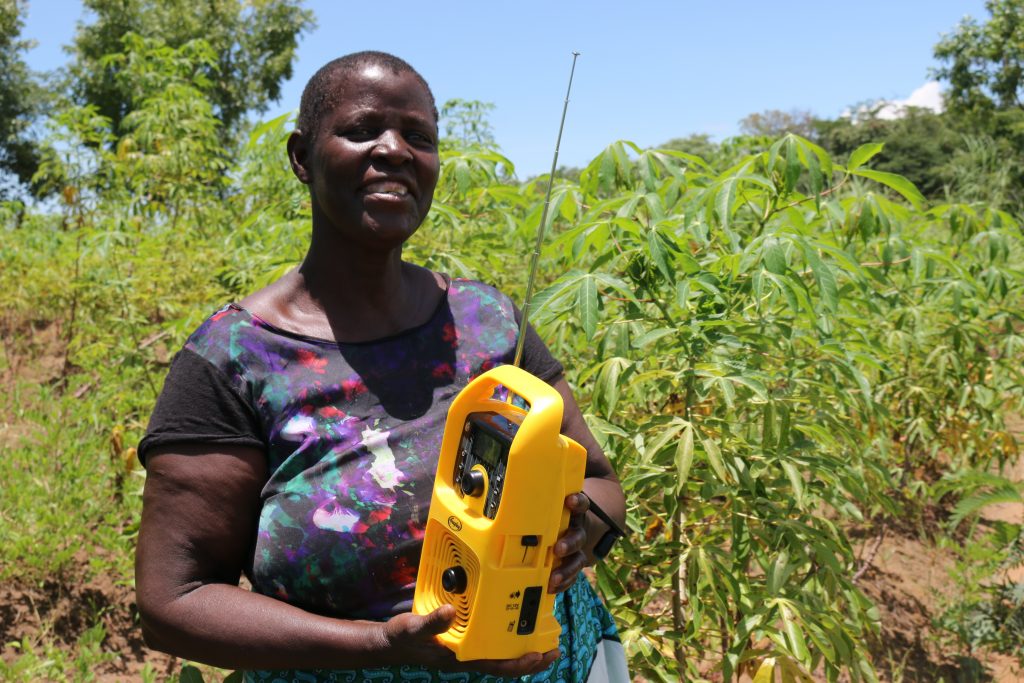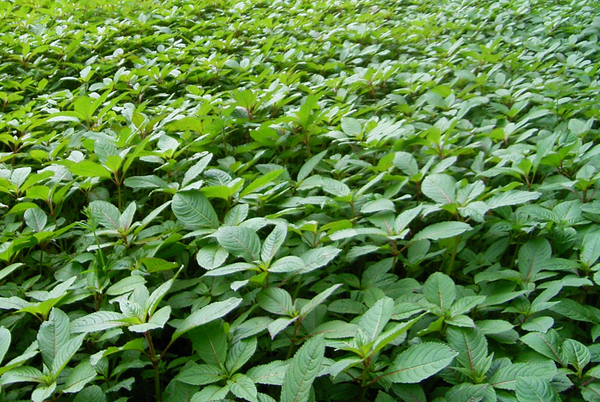Study finds endoparasitoid wasp can reduce fall armyworm leaf consumption rate by up to 89%
In a recently published study led by CABI, researchers assessed, under lab conditions, the effect of the endoparasitoid wasp, Coccygidium luteum on the leaf rate consumption of its host – fall armyworm larvae.
Deploying biopesticides to combat fall armyworm in South Sudan
A new project in South Sudan is combatting the fall armyworm, an insect that can cause significant damage to crops, particularly maize. With more than half of South Sudan’s current population—nearly 6.2 million people—in need of life-saving food assistance, safeguarding food security where possible is essential. Launched in January 2019 as a partnership between CABI,…
Reaching more farmers with fall armyworm knowledge and information through ICT-enabled extension
Since 2017, CABI and partners have launched a series of extension campaigns in Kenya and Uganda in the fight against the invasive pest fall armyworm. These campaigns used integrated ICT-enabled approaches combining radio, SMS, and community video screenings with the aim of improving awareness, knowledge and management practices for fall armyworm. Although smallholder agriculture is…
Scientists confirm first report of egg parasitoid in Africa to fight devastating fall armyworm
A group of scientists have confirmed the first report of an egg parasitoid Telenomus remus in Africa which could prove an important biological weapon in the fight against the devastating fall armyworm (Spodoptera frugiperda) that threatens the food security of more than 200 million people.
Asia on alert as highly destructive fall armyworm spreads
By Trudy Harris. Originally published on SciDev.Net. Farmers and authorities throughout Asia need to be vigilant against fall armyworm invasions, after confirmation that the fast-moving pest has spread from India to China and now to South-East Asia, agricultural experts say.
Fall Armyworm attack: ‘Eastern India more vulnerable to infestation’
Originally published on DownToEarth Warmer temperatures increase the metabolism and reproductive rates of the pest Fall Armyworm was first reported in July 2018 in Karnataka. Ever since, it has spread to its neighbouring states. Reports are now coming from West Bengal and Bihar as well. The initial damages are widespread as the pest is a…
Fall armyworm radio campaign for next growing season launches in Zambia
CABI in partnership with Ministry of Agriculture in Zambia through the National Agricultural Information Services (NAIS) has launched a national radio campaign focusing on the identification, prevention and management of fall armyworm. The campaign aims to help smallholder farmers in Zambia minimise fall armyworm losses and learn how to safely use chemicals.
Addressing the root of the problem — why plant health and evidenced-based interventions matter to global development
by Duncan Barker (Research and Evidence Division, DFID) and Dr Roger Day (CABI). Reblogged from the DFID Research blog. Global agriculture faces a myriad of threats, of which one of the greatest is invasive species. With no native organisms to control them, invasive species such as plant pests and diseases spread out of control, damaging crops and…
Not Just Maize: Africa’s Fall Armyworm Crisis Threatens Sorghum, Other Crops, Too
By Sara Hendery. Reblogged from Entomology Today. Scientists from the International Crops Research Institute for the Semi-Arid Tropics (ICRISAT) in Niger say that 99 percent of the media and research coverage on the fall armyworm focuses on the invasive pest’s deadly threat to maize.



